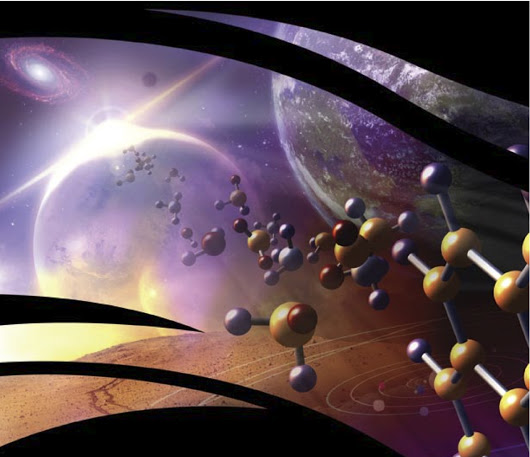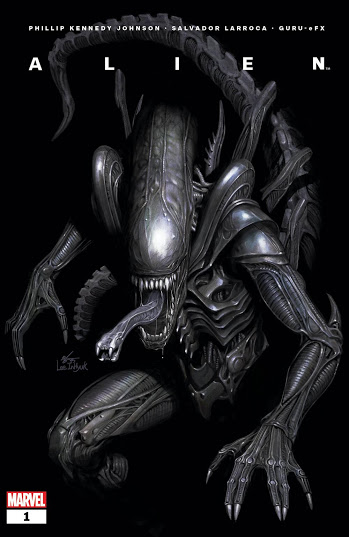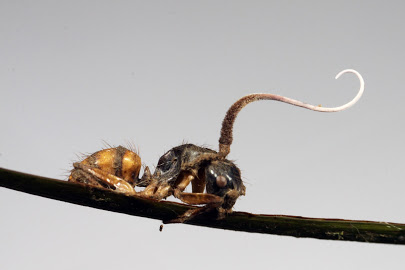If you have been following this blog’s A2Z Challenge then you will know that I have been trying to finish a novel, “Train Wreck”, and publishing a chapter below each post – at least until day 15 when I ran out of completed chapters – there is another one in progress – but if you have been following the novel and would like to receive the balance of the chapters – let me know in a comment. Meanwhile, on a subject which we have all become unwilling experts…

There is a genre of Science Fiction known as Microbial Science Fiction – who knew! An article defining the sub-genre also lists some of the prime examples of the genre – although I would have placed the genius of HG Wells in his “War of the Worlds” right at the top of the list. In that book, the Martians who have invaded Earth are finally destroyed not by our less advanced military apparatus, but by Earth germs. Many of the sub-genre’s books have it the other way round, instead of aliens coming to Earth and taking ill, it is either a mysterious illness that falls to Earth or earthmen encountering microbes on their future travels through the universe.
There is a real science- Astrobiology – which attempts to understand the origins of life on Earth by considering it in the widest context of Earth as a planet, in a vast universe, which presumably supplied the raw materials of life at the very least, and perhaps life itself – this is known as “Panspermia” – the seeding of life via comets or some other, unknown mechanism. Not to be confused with Xenobiology which I will look at tomorrow.
Realistically, and who on Earth would suggest that SciFi should be realistic, what are the chances of encountering microbes that would endanger us, on a new planet such as Hawaii 2 in my book “Train Wreck”?
The study of microbes includes virology, mycology, parasitology, and bacteriology and in the age of Covid 19, who has not learned the creepy way viruses break into their hosts cells and subvert them to the production of more viruses – so much so that the cell literally bursts – releasing more viruses… How “Alien” is that! However, the bigger picture for viruses is that they are uniquely tied to our DNA gene-based method of reproduction – they run a parallel (arms) race that arguably stimulates our immune system to constantly adapt to the new threat – although if the little blighters didn’t exist – we wouldn’t need to adapt anyway, and does that adaptation help with anything other than the threats posed by viruses? It is a measure of how closely related to other animals we are, genetically, that with quite small variations, viruses can jump species birds/ pigs/ humans. If we reach other planets, viruses may not be one of our problems – other than any we might take with us because the gap between us and aliens might be too big for viruses to jump…

Bacteria and fungi are a different story, they can be opportunistic and whilst not as cell-specific in their preferred home as viruses, they might well thrive on another planet, both the ones we take with us, and ones we might encounter there. – If the Panspermia theory turned out to be correct, it might turn out that through the (panspermia) bacteria, our DNA based evolution and reproduction could mean there are new lurgys waiting for us and quite able to affect us. Here on Earth, fungi, whose original niche in the environment might be, say, a rainforest, is capable of finding a new niche in human lungs, so they are a prime candidate for causing infection by alien versions should they have evolved there.
Our bodies carry so many microbes that for 30 trillion human cells, we have on average about 39 trillion microbial cells making us only 43% human but remember, many of these microbes are helpful to us and we would be very ill if they were magically removed. It is a question of internal ecological balance and sometimes, the microbe balance within our bodies is upset, and then we are ill without the addition of any extra, ill-making microbes. Astronauts usually isolate before missions to make sure they don’t come down with colds, for example – imagine sneezing in your space helmet…
If we transport so much microbial matter about our person, then the very environment of space might upset our microbial balance, zero-gravity, solar-radiation, lack of fresh food – all of these might enhance an unfavourable mutation of microbial DNA – not very sexy for a science fiction plot though – not unless the resulting illness makes its victims go whacko…
And hey! Parasites! Once again, there are examples on Earth that make SciFi plots look tame – read the grisly story of how ant behaviour is manipulated to make them climb grass in order to be eaten by cows as part of the lifecycle of a parasitic flatworm here. Or another unfortunate ant who is host to and eventually killed by a fungus growing out of it. The fungus also exerts mind control to get the ant to find the exact location required for the fungus to thrive…


Of course, much Science Fiction that is concerned with other topics, simply sidesteps the microbial hazard – before the airlock opens on a new world, the computer samples the atmosphere and pronounces it safe in a few seconds or else it is assumed that human medicine will be a match for anything alien worlds can throw at it or else the whole issue is simply ignored. Well I have to hold my hand up to the latter, so far at any rate, I have described Hawaii 2 as an Eden like planet without apex predators of any threat to mankind, let alone any microbial menaces. I suppose that it is not the real subject of the Speculative Fiction of which “Train Wreck” is an example but hmmm…I still have a long way to go, many pages to fill…